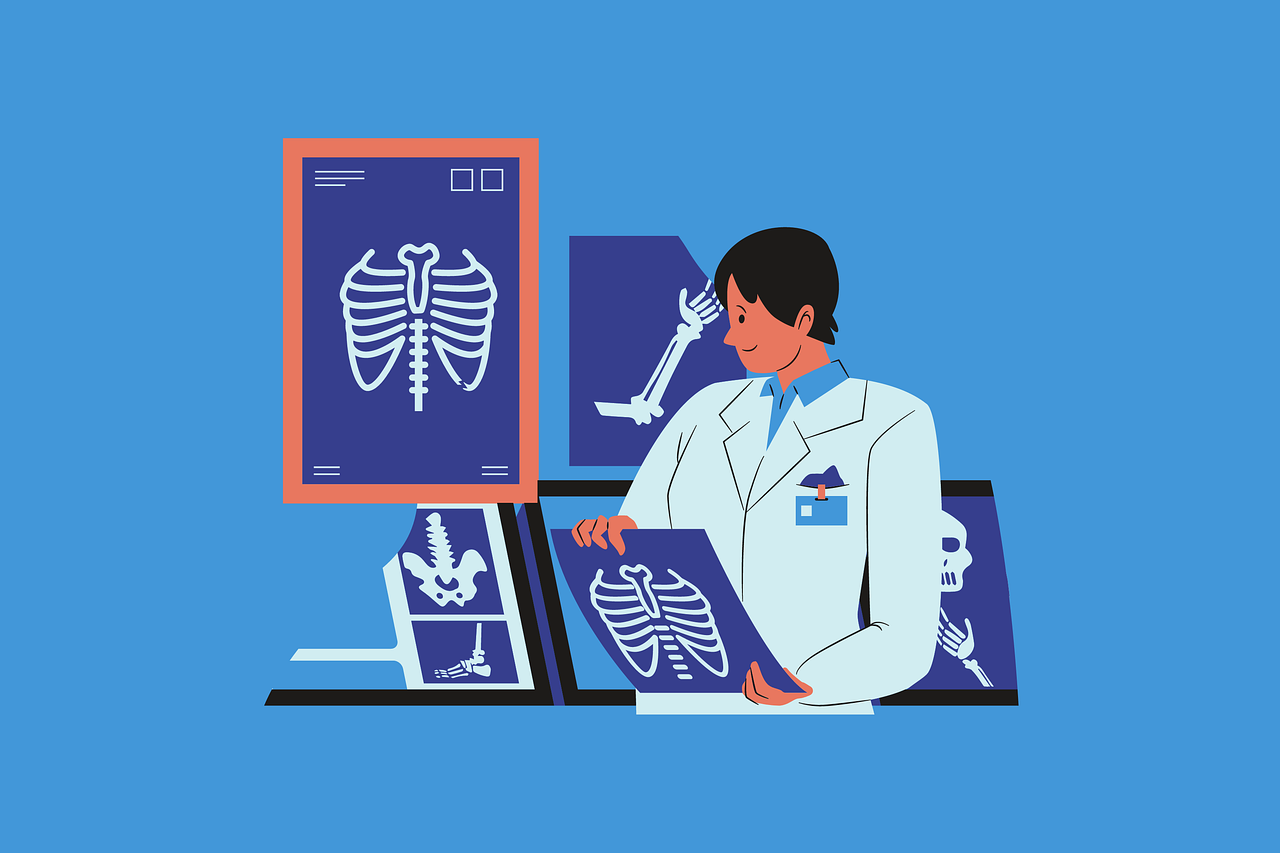
What is the USMLE?

Rebecca Nolan
Group Content Manager
Becoming a licensed physician in the United States requires successfully passing the United States Medical Licensing Examination (USMLE). This is a three-step examination assessing a physician’s ability to provide safe and effective medical care. The National Board of Medical Examiners (NBME) and the Federation of State Medical Boards (FSMB) administer the exam.
The United States Medical Licensing Examination is a critical milestone for medical students, as it determines their eligibility for residency training programs, licensure, and, ultimately, their ability to practice medicine in the United States. This blog post will provide an overview of the USMLE exam, including its structure, content, and scoring.
USMLE Steps
There are three must-take USMLE steps:
- Step 1: Basic Medical Sciences (Top Tips for USMLE step 1)
- Step 2: Clinical Knowledge (Top Tips for USMLE step 2)
- Step 3: Clinical Management (Top Tips for USMLE step 3)
Step 1: Basic Medical Sciences
The first USMLE Step 1 assesses a physician’s ability in applying basic medical sciences to the practice of medicine. This includes an understanding of the principles of anatomy, biochemistry, microbiology, pathology, pharmacology, and physiology.
The Step 1 USMLE exam is over eight hours and consists of 280 multiple-choice questions. The questions include seven 60-minute blocks, with a maximum of 40 questions per block. The United States Medical Licensing Examination is computer-based and you can take it at designated testing centers throughout the United States and internationally. More about What is USMLE step 1? in our blog.
Step 2: Clinical Knowledge
The USMLE Step 2 tests a medical student’s Clinical Knowledge (CK). The CK exam assesses a physician’s ability to apply clinical knowledge to the practice of medicine.
The CK exam is a computer-based test that consists of 318 multiple-choice questions. The United States Medical Licensing Examination is over nine hours with eight 60-minute blocks, with a maximum of 40 questions per block.

Step 3: Clinical Management
The final USMLE Step 3 assesses a physician’s ability to apply medical knowledge and clinical skills to the management of patient care. This includes understanding common medical conditions’ diagnosis, treatment, and management.
The Step 3 exam is a two-day computer-based test comprising approximately 233 multiple-choice questions and 13 computer-based case simulations. This USMLE exam divides into six 60-minute blocks, with a maximum of 40 questions per block.

What is the USMLE: Scoring and Pass Rates
Each step of the United States Medical Licensing Examination is scored on a scale of 1 to 300, with a passing score of 194. The scoring system ensures physicians possess the necessary knowledge and skills to provide safe and effective medical care.
The pass rates for the exam vary by step and year. In 2020, the pass rate for Step 1 was 97%, while the pass rate for Step 2 CK was 96%. The pass rate for Step 2 CS was 73%, while the pass rate for Step 3 was 96%.
By remembering this, students must ensure they spare enough time to prepare for the exam. We recommend taking USMLE tutoring and utilising free USMLE questions to assure a good test score.
USMLE: Conclusion
The United States Medical Licensing Examination is a critical milestone for medical students, as it determines their eligibility for residency training programs, licensure, and, ultimately, their ability to practice medicine in the United States.
Preparing for the United States Medical Licensing Examination is a significant undertaking and requires dedication, hard work, and commitment. Many medical students spend months, if not years, preparing for the exam through coursework, self-study, and practice exams. Resources such as review books, study guides, and online practice exams can help prepare for the exam. You can also book a free consultation with a USMLE tutor to see how they can help you to prepare.
With dedication, hard work, and preparation, medical students can successfully navigate the exam and take the first step toward a fulfilling career in medicine.
Uncover helpful tips and guidance on the supplementary stages of the USMLE exam:
- USMLE Step 1 Understanding
- USMLE Step 2 Understanding
- USMLE Step 3 Understanding
- USMLE Step 1: Top Tips
- USMLE Step 2 Top Tips
- USMLE Step 3 Top Tips
- USMLE Test Day Preparation
Frequently Asked Questions (FAQs)
Who is eligible to take the USMLE exam?
Any medical student currently enrolled in or has graduated from a medical school accredited by the Liaison Committee on Medical Education (LCME) or the American Osteopathic Association (AOA) is eligible to take the United States Medical Licensing Examination.
How long does it take to receive USMLE exam scores?
Scores for Steps 1 and 2 CK are typically released within 3-4 weeks of the exam date. Scores for Step 3 are released within 2-3 months of the exam date.
How many times can I take the USMLE exam?
There is no limit to the number of times a medical student can take each step of the United States Medical Licensing Examination, but there are restrictions on the number of times a student can take each step within a certain time frame.
Rebecca studied at History of Art at UEA before deciding on a career in education. Having worked with children from 3-18 years old, she has worked both in the UK and international schools including Dubai and Zurich, where she was Head of Primary. Rebecca has extensive knowledge in curriculum design and has worked with various curricular models including English National Curriculum and International Baccalaureate.





Was this article helpful?
Still got a question? Leave a comment